Now is the time to start sprucing up your garden with both National Gardening Day (April 14th) and National Gardening Week 2025 (April 28th to May 4th) taking place. This article looks at how to make the most of your garden, just in time for the Easter break, so you can enjoy that all-important outdoor family time.
From how to plan your perfect outdoor plot, to the latest trends, gardening for the soul, growing your own – a great way to get children involved – and helping wildlife to thrive, this is a guide for all seasons .
Designing a garden
Designing your perfect outdoor space is the key to making your garden work for you, especially when you’re creating it from scratch when you move into a new home. It can provide another ‘room’ for you and your family to live, play and eat in. Much like a new home is a blank canvas, so is your garden and designing a garden has endless possibilities.
Planning is essential when it comes to landscape gardening and patio design and there are so many things to consider before you even lift a spade or lay a paving stone, as Richard Lewin of Landstruction, one of Redrow’s landscapers, explained:
"Understanding how sunlight moves across your garden is crucial. The position of the sun and the shaded areas will influence where you plant different species and where you design seating areas for maximum enjoyment."
Richard and the Landstruction team also highlighted the importance of a cohesive design : "A well-thought-out garden should have a clear theme to create a harmonious look”, he said.
“Without careful planning, the result can feel disjointed. Consider using a mood board or a Pinterest board to visualise your ideas. Planting isn’t just about flower colours - it’s also about combining different textures, leaf shapes, and shades of green to add depth and contrast."
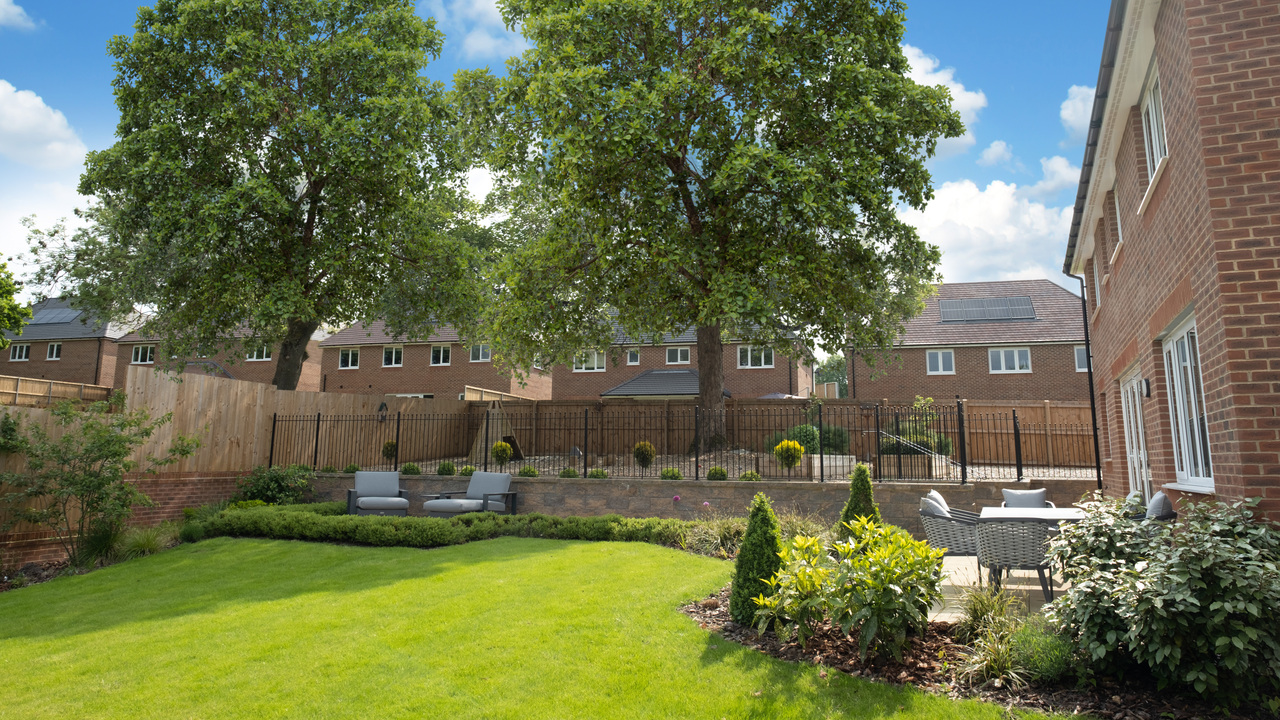
Soil quality is another key factor explained Richard: "Before planting, check the composition of your soil to ensure it provides the right nutrients. If it contains high levels of clay or sand, you may need to improve it, as this will directly affect drainage and plant health."
One trend to maximise the use of your garden is a garden office pod, summer house or garden room. These offer the opportunity to be in the garden in all weathers so you can enjoy your garden year-round. They are a great option for anyone who works from home or even to use as a kids play space or garden cinema.
Read our guide to creating an outdoor living space and fifth room garden design, including outdoor lighting options, to ensure your garden is ideal for entertaining at home this summer and beyond.
Garden trends for spring summer 2025
Ensuring a seamless flow of your style from indoor to out is paramount when it comes to creating a contemporary and seamless garden landscape. Our interior designer Alysha Alli Rowlands said: “Garden furniture trends we love this year include a mix of materials. From traditional rattan in linear forms and retro patterned weaves, to natural wood that’s been treated to endure in all weathers and low-level Nordic style aluminium frames.
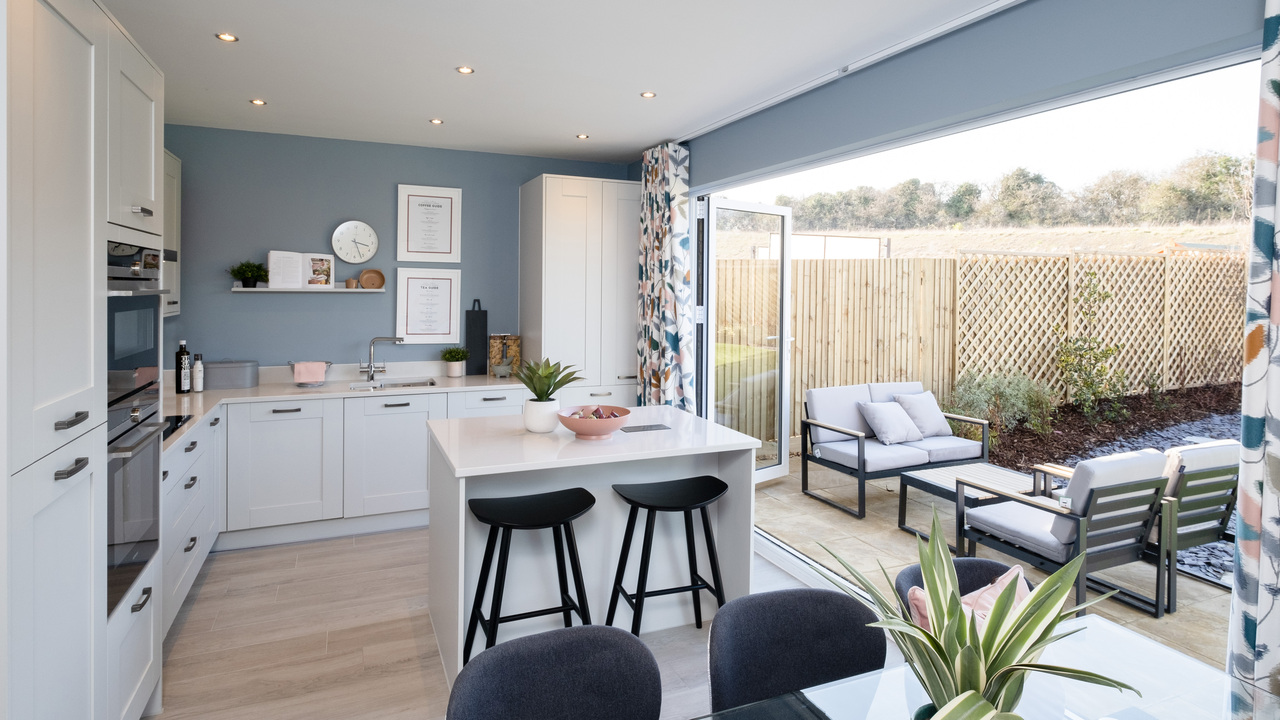
“Bolder colour choices such as sunset orange or forest green, are being seen in a range of abstract patterns for soft furnishings such as garden cushions and rugs to add a splash of colour to your seating or dining area.
“In terms of patio ideas, oversized lanterns, woven style candle holders and collections of clay and ceramic pots can look great grouped together around seating areas to create the ‘inside out’ look.”
Mindful gardening for the soul
Gardening is a great form of exercise which naturally strengthens our heart. The number of calories burnt from 30 minutes of gardening is comparable to playing badminton, volleyball or practising yoga for the equivalent time. However, it’s not just good for our physical health but our mental health too.
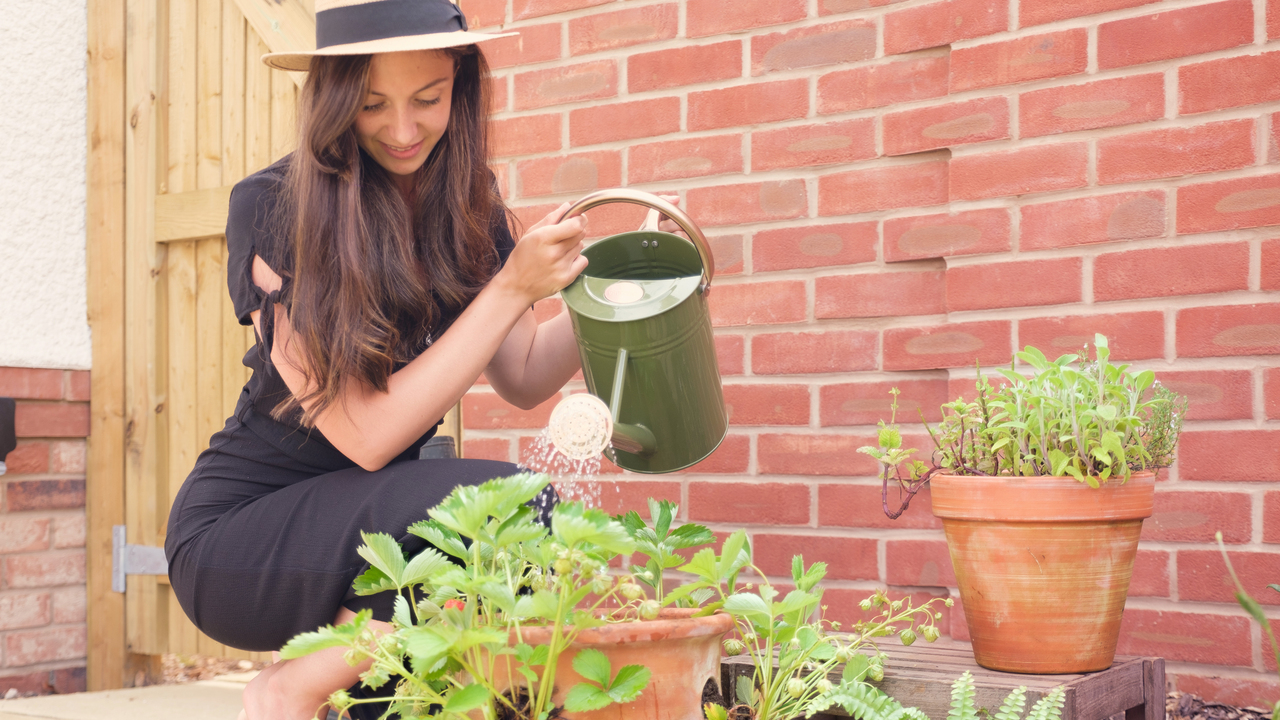
Studies show it reduces depression and anxiety, helps maintain independence and helps prevent cognitive decline. Gardeners have lower levels of the stress hormone cortisol, leading to improved sleep patterns, relaxation and mental wellbeing, and it encourages mindfulness, helping us to be present in the here and now.
Nicola Johansen, our group biodiversity manager, said: “Gardening is great for helping us to feel connected with the world around us and the changing seasons, which can also help us accept the changing nature of life.
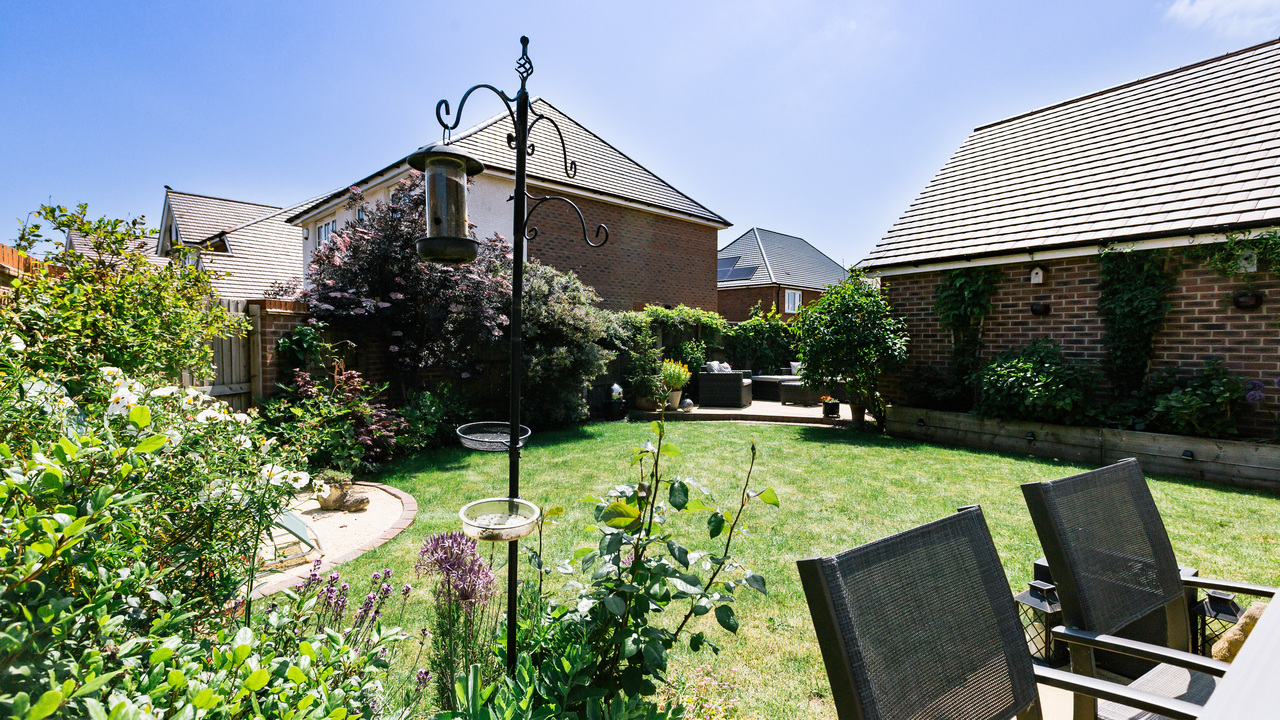
“Gardening is often an act of nurture – which is also good for us and it’s been found that contact with soil can even increase serotonin levels – the ‘happy hormone’, while dopamine levels are said to increase when we participate in ‘green’ activities.”
How to make a kitchen garden
Garden kitchens are great for alfresco lunch parties or evening meals outside.
Nicola said: "Vegetables grow best in good soil so that’s the first place to start. It’s easy to make your own compost from food scraps and garden waste. You can also grow vegetables very successfully without the use of chemicals so you can enjoy your own organic food. You can use barriers to protect veg from caterpillars, slugs and other garden critters. Why not grow your own herbs too, some of which have the added benefit of supporting pollinators?”
If you’re wondering ‘what vegetables can I plant now?’, most vegetables will be sown in Spring (March to May). Harvesting usually starts in mid-Summer, but some – beans, carrots, radishes and potatoes will require harvesting earlier, –and others – beetroot, Brussels sprouts, cabbages, leeks and parsnips – later.
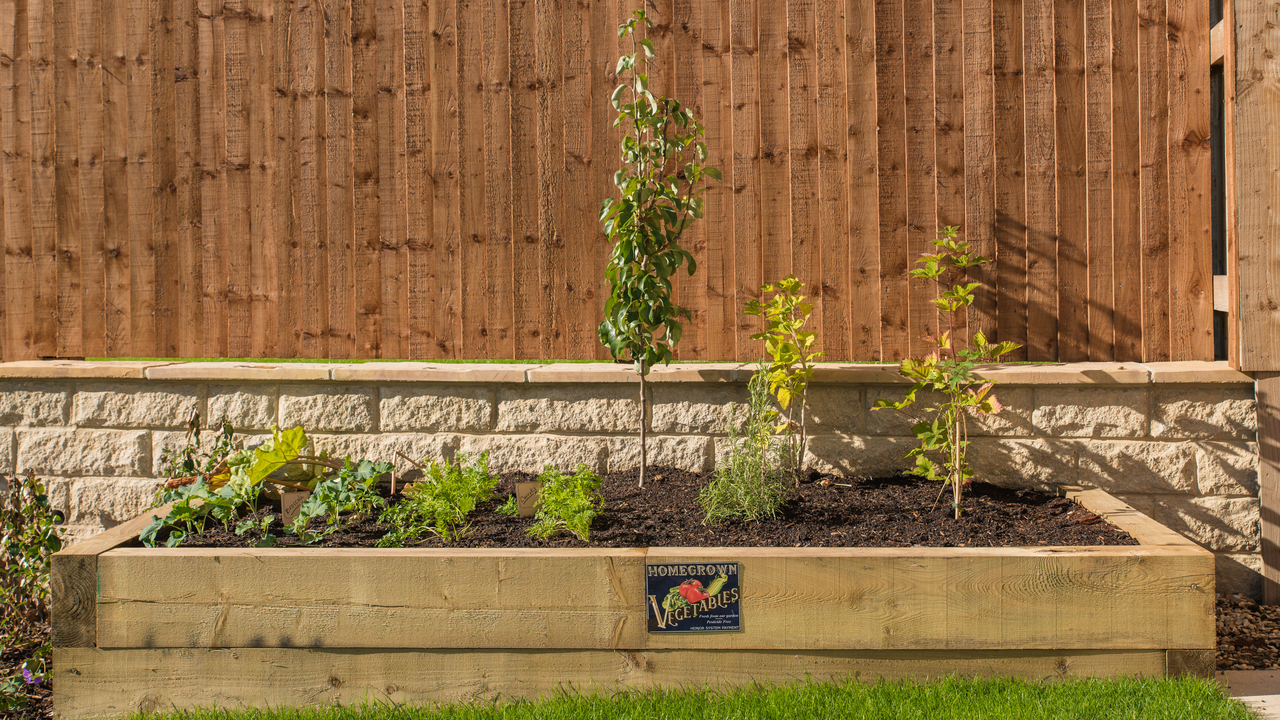
Among other benefits, having a vegetable garden can help improve your family’s health, reduce your environmental impact, and reduce food waste .
Gardening for wildlife
Not only does gardening help you spend more time outdoors, but it can also help you appreciate and support wildlife and encourage it to visit.
Nicola adds: “Whether your garden is large or small, it is part of a wider, living landscape which links urban green spaces with the wider countryside. Collectively, gardens cover a huge area and offer a great opportunity to support nature. The way they are maintained can make a big difference to wildlife.”
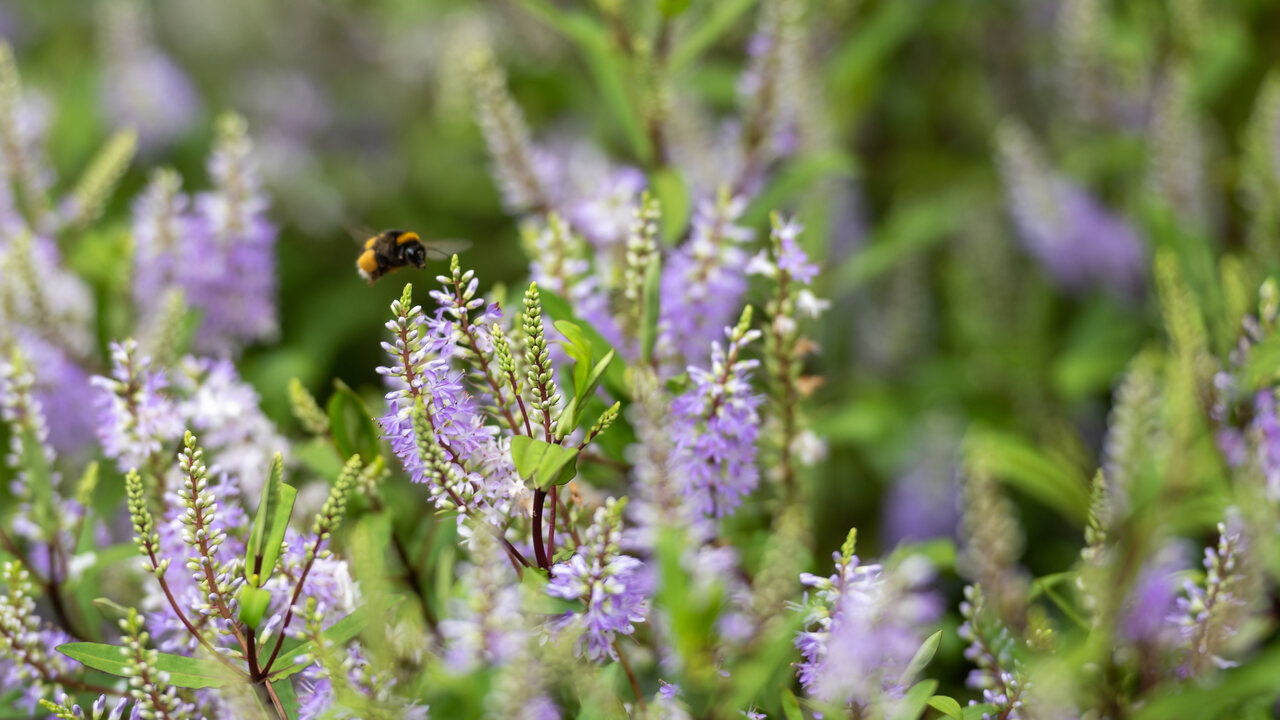
You can choose nectar-rich plants that are invaluable to bees and butterflies, plants which provide food for birds or create a pond that will attract everything from frogs to birds. You could also grow a native hedge to provide nectar and pollen, berries and nuts, caterpillar food plants and shelter for nesting birds.
You can build a bug hotel, a bird house, or a hedgehog highway.
Read more about the benefits of having nature on your doorstep.



